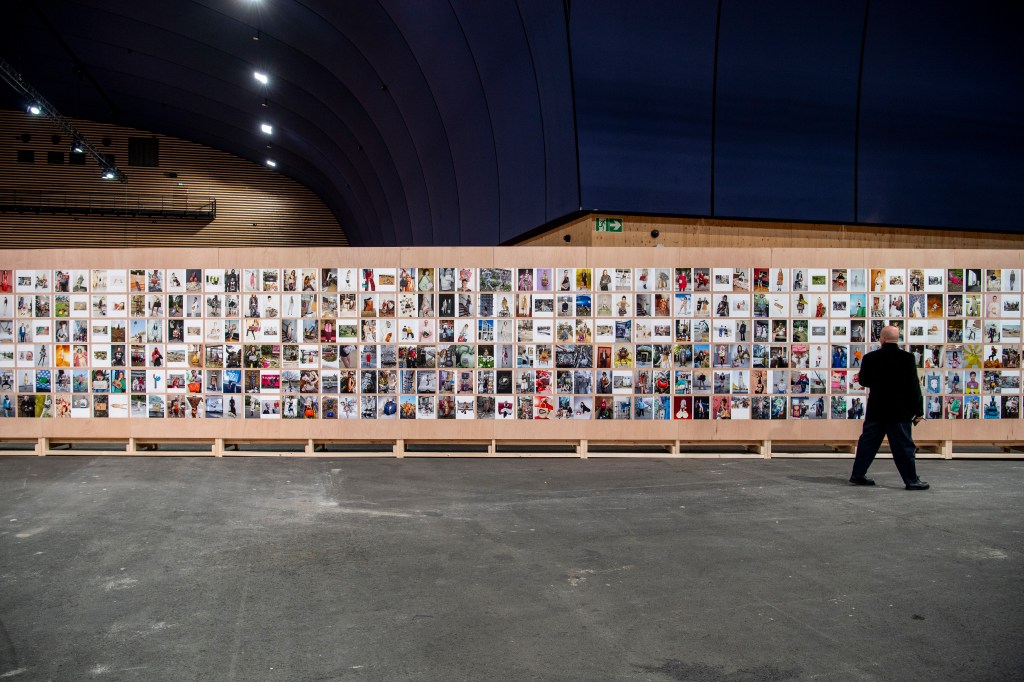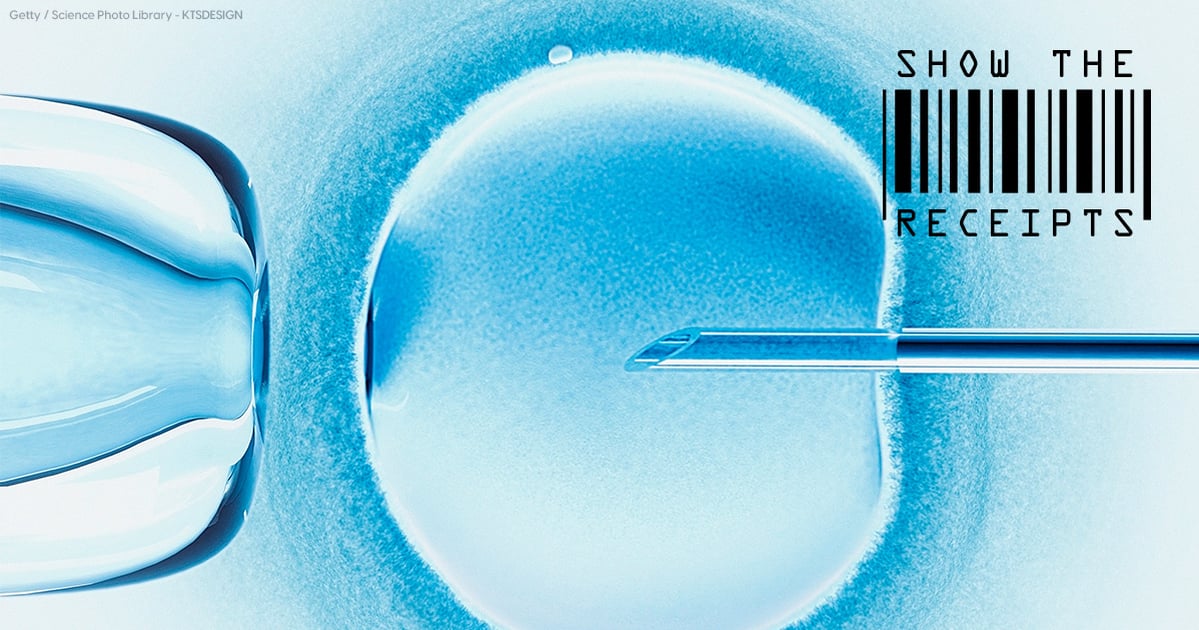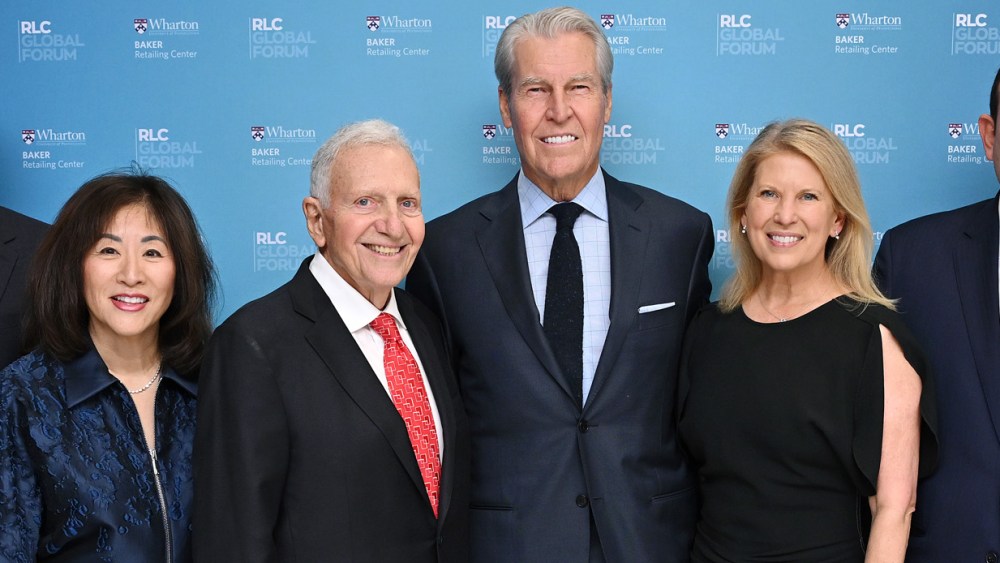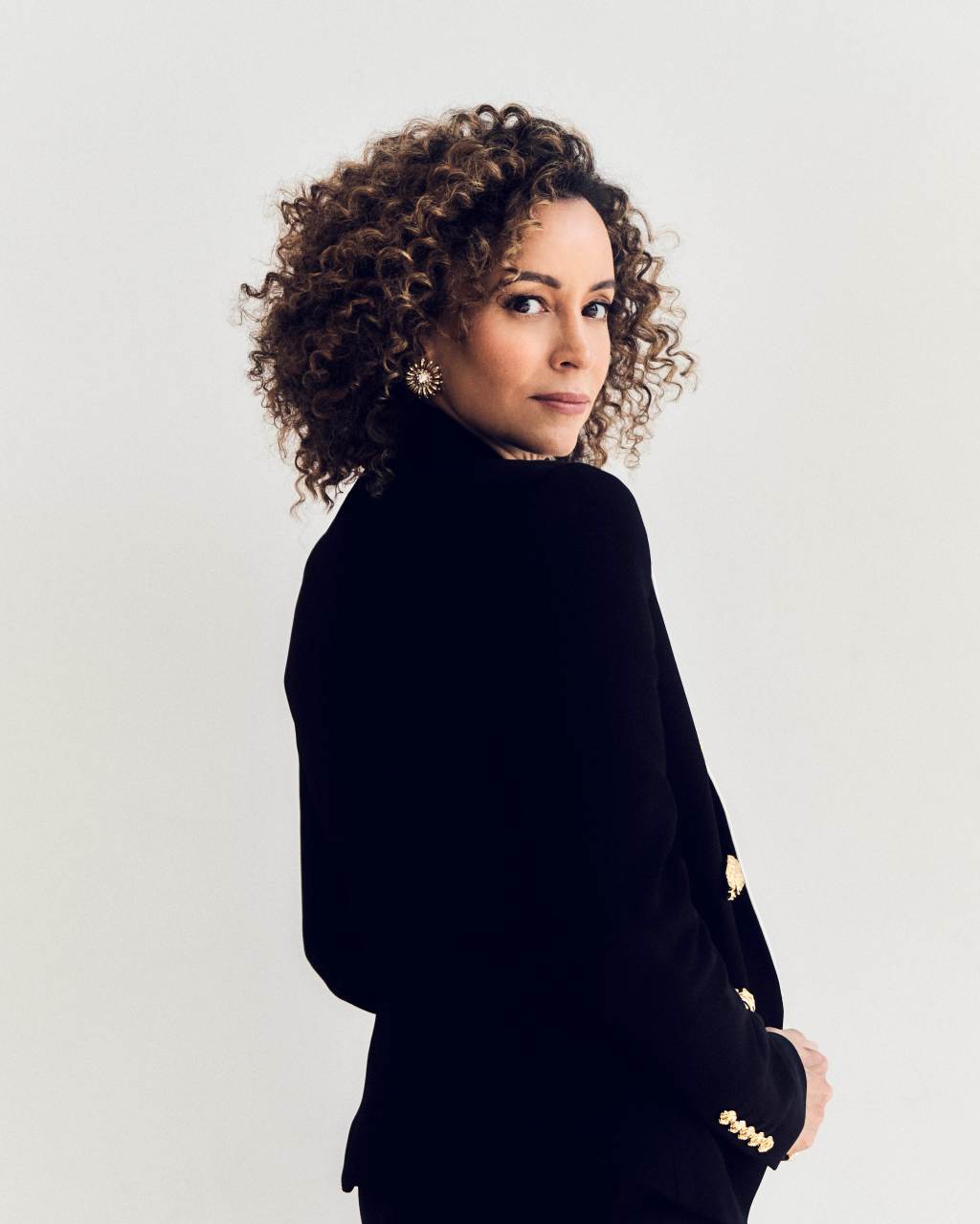Juergen Teller needs to live.
Writ large at the entrance of the Grand Palais Ephémère, opening Saturday and running until Jan. 9, the title of his solo Paris exhibition is what the London-based German photographer would like visitors to understand.
First and foremost, that at 59, he is nowhere near blasé or done.
“I wanted to have a positive message and a strong statement that I’m still super curious about life,” Teller says. “I want to do work, I’m very excited about things and I feel responsibility towards my children, my wife, myself to be there, to live.”
And what a life he’s had and is continuing to have.
With nearly 700 framed and unframed prints, more than 300 documents in display cases, including copies of the photographer’s books, and five audio visual works, “Juergen Teller, I need to live” is his most extensive exhibition to date.
Personal interests ranging from soccer to nature are shown alongside a project with schoolchildren in his hometown of Erlangen, Germany, and his extensive portfolio of work for brands and publications.
Throughout are his family, including his mother, wife Dovile Drizyte and children; series around his travels and nature; as well as portraits of models including Kate Moss and boldface names like Yves Saint Laurent, Catherine Deneuve, Iggy Pop and David and Victoria Beckham.

Some of the wild moments that he’s experienced, such as “The Donkey Ride,” which chronicles a misadventure during a trip in the mid-’80s, also figure in the lineup.
Teller’s life and work are shown side by side, congruent with the idea that “he has never separated these fields,” says Thomas Weski, who curated the show in collaboration with the Tellers.
Supported by Saint Laurent, the project was initiated in 2021, on the tail end of Teller and Drizyte’s wedding in Naples, Italy. As the newlyweds were done sending their loved ones home, then-chief executive officer of the Association of French National Museums — Grand Palais Chris Dercon called about having a show at the Parisian institution.
The biggest challenge wasn’t selecting what works would make the cut with Weski, with whom Teller had already worked on several occasions, but “how to tackle this huge, monumental space” in the Grand Palais Ephémère, the photographer recalls.
“It’s about 10,000 square meters of a shell and I didn’t want to have it gallery-sized, with one room after the next,” he continues. “I wanted [the exhibition] to feel like a symphony, a book, with a beginning, a middle and an end. I hope to guide the visitors and give them an understanding of what I want to tell them.”
In came Tom Emerson and London-based practice 6a Architects, who had previously designed the photographer’s studio and created the exhibition’s cross-shaped circulation made of very high wood paneling.

The setup creates a “circle of life, unfolding [Teller’s] own life,” roughly in a chronological order, Weski explains. “It follows more or less [his] family and his new family.”
Bookending the show are a photograph of him as a baby originally taken by Teller’s father next to a snapshot of a newspaper clipping talking about his father’s suicide at the beginning, and a series about his baby daughter Iggy Teller and a self-portrait of the photographer shirtless with balloons.
“As you go through the exhibition, towards the end, it becomes about building our future together,” with photographs of their 2021 wedding, a series on conceiving their first child and more works after she was born, he says. “It’s about being positive. You can choose either the route of my father or you can do something with your life and take a responsibility.”
That’s what he wants visitors to take away.
In between are vitrines showcasing the many books Teller has produced, as a way to highlight “the decisions made by the artist [that] serve the idea of him as an author who really takes care of every aspect of his work,” continues the curator.
Of course, his fashion work is plentiful throughout.

After he began to make a name for himself in London in the ’90s, “he realized that music influenced fashion a h– of a lot and still does,” Teller says. “That made me wonder: is this picture of Courtney Love I’m doing a portrait, a record cover, a portrait of our times, a fashion photograph? It can be all of it at once.”
Creative director Anthony Vaccarello describes long-time collaborator Teller as “a tremendous photographer whose intelligence, humor, and respect make his work a veritable introspective game, where flashbacks are both tributes and allusions to the founding myths of the Maison Yves Saint Laurent.”
In Weski’s opinion, the photographer is “a rebel with a cause, in the sense that he is questioning the standards of certain photographic genres from the start by just following his own aesthetic rules and developing his own style early on,” in the vein of luminaries such as Lee Friedlander and William Eggleston.
Of course, that sparse realism isn’t to everyone’s taste.
Cases in point: vitriolic reader letters received following a weekly series in the Sunday supplement of German newspaper Die Zeit in 2012, and the avalanche of meme and snark in reaction to a 2021 portfolio on Hollywood actors for W magazine.
But when life serves Teller lemons, he serves it straight back with a twist of lime. He reached out to some of the letter writers for permission to republish their words and out came a book compiling the “Pictures and Text” series. Almost a decade later, he repeated the idea with the slimline “Notes About My Work,” exhibited in the show.
There are also plenty of images that feature Teller — some in his birthday suit.

“By going in front of the camera, he is destroying or changing [that] rule and exposing himself, often without clothes, which shows vulnerability,” explains Weski. “The power play between model and photographer is also broken up.”
The photographer says it came from the 2000s, “where [he] got tired of dealing with the vanity of models and actresses” and began wondering how it would feel to be photographed by himself and posing — or not — for the shots. “Because I do a lot of fashion photography and portraits, I’m always around so I’m as good a subject as anybody else.”
Published by Steidl for the exhibition, a 272-page catalogue captures Teller’s reflection on life’s unpredictability through pictures featuring Drizyte but also late collaborators and friends such as Vivienne Westwood and gallerist Suzanne Tarasieve. Woven throughout are his own words and texts by Rick Owens, Anthony Vaccarello, fashion historian Alistair O’Neill and artist Roni Horne, among others.
But Teller’s work isn’t confined to the Grand Palais Ephémère. Not only are posters of the exhibition displayed throughout the French capital, but the RATP metro system has invited the photographer to showcase his portraiture in nine stops throughout the Paris network.
Westwood, Björk, Tilda Swinton and Javier Bardem strike a pose at stations including George V on the Champs-Elysées, Les Halles station, linked to the Châtelet node, the Gare de Lyon station connecting to national and international rail lines and Hôtel de Ville — or rather “Hôtel Dovile,” jokes Teller.

The series “The Myth,” exhibited in the museum, is also shown until Jan. 20 at the Suzanne Tarasieve gallery.
In conjunction with the exhibition, Vaccarello and Teller collaborated on a selection spanning homeware, decorative objects, clothing and accessories featuring the photographer’s work. Available from the Saint Laurent Rive Droite stores in Paris and Los Angeles as well as the brand’s website, they will be accompanied by magazines selected by Teller.
After its conclusion in Paris, “Juergen Teller, I need to live” will be presented at Milan’s Triennale exhibition in the spring of 2024.



